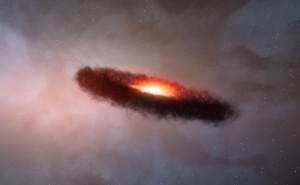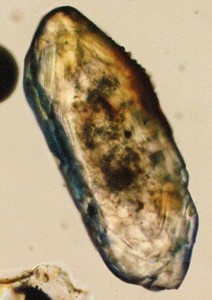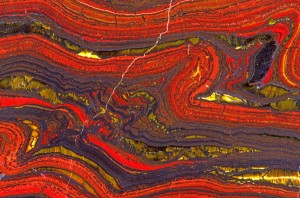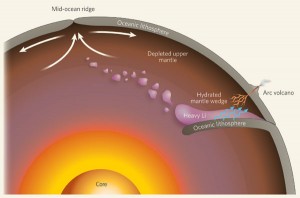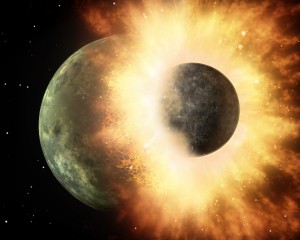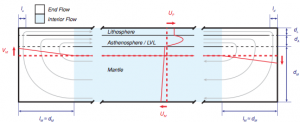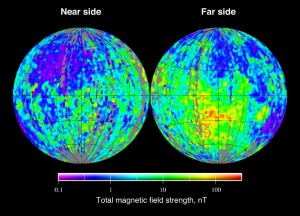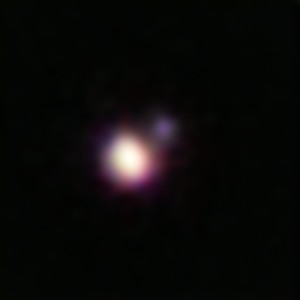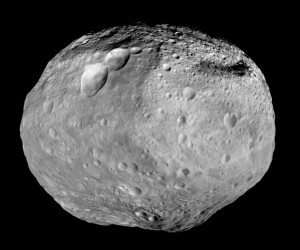
A mosaic from the Dawn mission of the asteroid Vesta. From http://en.wikipedia.org/wiki/4_Vesta#mediaviewer/File:Vesta_full_mosaic.jpg.
Fascinating talk today from Roger Fu, a graduate student in MIT’s Earth, Atmospheric, and Planetary Sciences Dept, about magnetic fields in the solar system’s infancy.
Magnetic fields in the early solar system may have arisen from many sources, including the young Sun, the protoplanetary gas disk, and large planetary bodies like the asteroid Vesta (at left). The signatures of these magnetic fields were imprinted on meteorites present at this time, exactly the way molten rocks on the Earth can record the Earth’s magnetic field. These ancient magnetic fields are called paleomagnetic fields.
By studying the paleomagnetic signatures imprinted on meteoritic materials, Fu and his colleagues are able to measure the strengths and even directions of magnetic fields in the early solar system. Understanding this early magnetism can teach us about the formation of planets, the evolution of the protoplanetary disk from which they formed, and even about how planetary magnetic fields themselves are generated.
